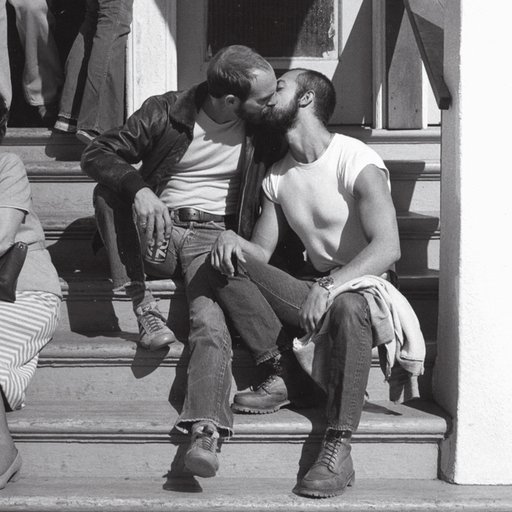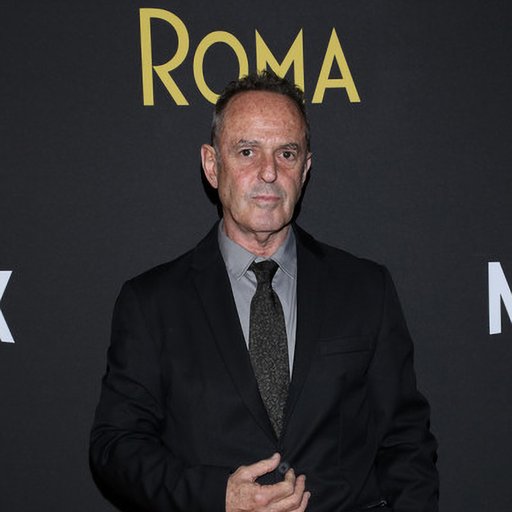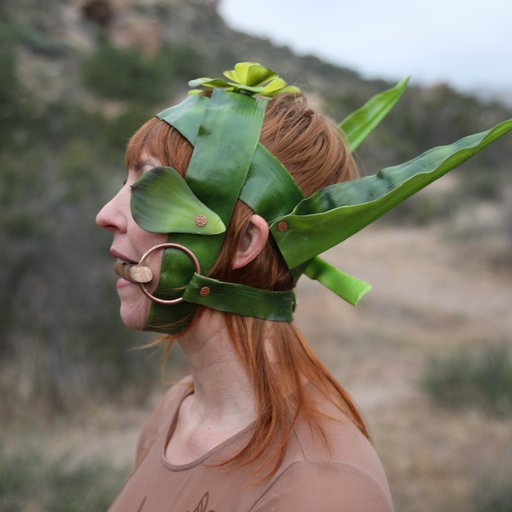Since its founding in 1928, SculptureCenter has been pushing the medium forward, commissioning and exhibiting new work by emerging and overlooked artists from all over the world. Located in Long Island City (not too far from MoMA PS1), the non-profit institution has become a destination for art insiders seeking the unexpected.
Just last week, the institution announced that Christian Rattemeyer will succeed Mary Ceruti as its director (Ceruti left to become the executive director of the Walker Art Center in Minneapolis). Rattemeyer has been serving for the past 12 years as an associate curator in the Department of Drawings and Prints at MoMA.
To get a better sense of what else defines SculptureCenter’s new director, we spoke over the phone with Rattemeyer about his roots in Kassel and Berlin, his history of championing emerging art, and his approach to his new leadership role at SculptureCenter.
You grew up in Kassel where Documenta is held, which I know you participated in in the early ‘90s. After, you moved to Berlin and founded a project space called OSMOS. Can you tell me about that project?
I founded that together with a partner. It was during a moment when the first wave of Berlin galleries started. We had use of an empty industrial space for a year and a half, so we thought we’d run it as an independent space where we’d invite artists and essentially give them carte blanche and say, 'do what you want.' The building was going to be torn down anyway. We had about ten exhibitions there. It was a way to figure out what could be done with that format—with the freedom of a small space but without the commercial pressures of running it as gallery. It was a wonderful experiment. And then it ended in the middle of '98—and in September of '98 I moved to New York to go to graduate school at Columbia.
I know there's a magazine with the same name. Are the two affiliated affiliated?
Yes they are. I kept on using the name for a while for independent projects. And then my wife [Cay Sophie Rabinowitz] reconstituted it around 2012-2013 in New York as a project space on First Street and a quarterly magazine on photography called OSMOS. So it got reconstituted more as a publishing outfit. There my role is co-founder and intern, basically.
Why did you decide to come to New York to go to school?
I wrote my masters in Berlin on two exhibitions from the late '60s ("When attitude becomes form" and "Op losse schroeven"), which I later published as a book with Afterall publishers. Basically, my professor in Berlin said, "What you did is too contemporary for us, just go somewhere else." I thought I would just go to the Whitney program for a year, so I interviewed with Benjamin Buchloh, who was doing the admissions at the time. He said, "No, no, no. Why are going to the Whitney program? Go to Columbia and get your PHD there." So that's how I ended up in New York. My wife at that time was also just starting a job as the senior editor at Parkett in the New York office. It just so happened that we both found roles in New York, so that's where we ended up.
You're coming to SculptureCenter from MoMA, where you've been for the past twelve years. Before that you worked as a curator for four years at Artists Space. It seems almost like you're returning to your roots, in a role where you can work more closely with living contemporary artists, emerging artists, commission new work, etc.
Right. Yes, exactly. When I started at MoMA, one of the things that I did right away was work on the Judith Rothschild Foundation Contemporary Drawings Collection. I came into MoMA because of my knowledge of young and emerging artists to work on the collection, which has a lot of young artists in it, and added about 300 to MoMA's collection when it came, which happened a little bit before I got there. So I think, in a way, going to SculptureCenter is moving back into working with emerging artists, working more directly with artists—which is very much what I did when I started at MoMA. But as I worked there longer my role shifted, and as the museum grew, my involvement there became more about doing research on areas in art that the museum hadn't adequately explored. I was looking at work from Eastern Europe and other geographies where MoMA has historically not been paying much attention. But it moved more and more into historical material. So, moving to SculptureCenter allows me to go back to that first love, working more on the contemporary side, and working much more closely with artists directly.
Do you think that your research on Eastern European art will influence or somehow carry over into your work at SculptureCenter?
I hope so. I think what it allowed me to do is broaden a network both from colleagues and institutions abroad in Eastern Europe but also elsewhere in the world. One of the things that I hope to do is align SculptureCenter with that network, and to make it a hub of organizations that really operate globally in that way. I mean, SculptureCenter has been very, very successful in introducing artists to New York—both artists at the beginning of their careers and artists later in their careers who, for one reason or another, have not been seen in New York ever or in a very long time. So I think the institution is already very successful and in a way, perfectly primed to continue that work—and to deepen it and broaden it and make it more meaningful.
From a curatorial perspective what do you feel will be the biggest adjustment for you in terms of going from the prints and drawings department (two dimensions) to working with artists who primarily make sculpture (three dimensions)?
I don't see it as a challenge in terms of medium. At MoMA we often looked at work that was already produced. I think the adjustment is that SculptureCenter commissions a lot of new work, which just means we'll be starting the curatorial process earlier in the conversation with artists. Also, I'm moving from a curatorial role to a directorial role, so I expect that my involvement with the program will be more on the strategic, supervisory side. We have a curator at SculptureCenter who is doing great work; I will be less curating and more serving as somebody who works together with the whole staff at SculptureCenter in a broader way that's maybe not as hands-on.
In so many of the reports about you taking on this new position, people have been quoted talking about the knack you have for spotting emerging talent. What do you look for in an emerging artist? And are there certain New York exhibition spaces in particular that you look towards as incubators for emerging art?
New York is so fertile and so there are so many great programs here. When I was at Artists Space, one of the things I did was I looked at MFA programs, looked at other alternative spaces, non-profits, and really emerging galleries. But there's also so much interesting and new work produced elsewhere. I think it's about adjusting to pay more attention to the emerging spectrum of art being produced everywhere. Sometimes when you work at a place like MoMA there is a sense that a museum's role is to wait and sit back and evaluate with a little bit of distance. I think an institution like SculptureCenter is more about that first introduction. There's a little more risk-taking built into the institution because the role is to present first, to put an artist's work or an artist's project out and see how it does in the public instead of comparing it against a broader spectrum of history. Having said that, I think I'm still going to bring both my historical knowledge as a trained art historian and my own aesthetic sensibilities to it and use those guidelines as a way of trying to understand what artists are doing and how they speak to a broader conversation world wide. So I'm looking forward to that process being more dynamic than maybe it was at a place like MoMA.
I know you just accepted the position, so I don't want to put you on the spot before you're ready... but can you tell us about what we might expect from SculptureCenter in the near future? Is there anything you can tell me about your plans or approach?
I'm coming into the institution full-time in the fall because I still have responsibilities at MoMA that will take me through the reopening in October, and obviously there is already some programing at SculptureCenter in place. We have a couple of very good and ambitious exhibitions already planned... I don't think I can reveal that quite yet. But all I can say is, from what I see, SculptureCenter is continuing the first-rate, innovative, bold, and courageous programming that has marked it as an institution for the last decade or so.
RELATED ARTICLE:
With a Subtly Effective Upgrade, SculptureCenter Reopens in an Expanded Field (of Possibilities)
SculptureCenter Director Mary Ceruti on Collecting Sculpture























